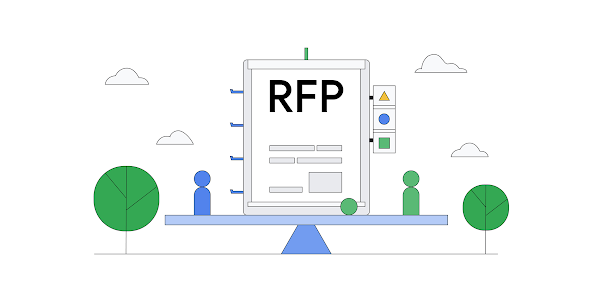Accelerating clean energy growth on the grid is urgent if we want to help keep the planet under 1.5°C of warming. And as more organizations set 24/7 carbon-free energy (CFE) goals, clean energy transactions need to accommodate a wide range of buyers and sellers.
Earlier this year, we introduced a new approach, co-developed with LevelTen, to shorten the timeline for sourcing and executing clean energy power purchase agreements (PPAs) by about 80%. Let’s dive into the approach, how it works, and take a behind-the-scenes look at our process for developing what we believe will become a new standard.
The four habits of highly effective clean energy deals
Together, we set out to rethink how clean energy transactions are executed and to develop something that better meets today’s market dynamics. Blending our energy procurement expertise and LevelTen’s transaction automation, the result was an end-to-end process designed to be easy, transparent, reliable, and efficient.
Easy: Sourcing and signing PPAs should be easy for both the buyer and seller. In addition to our extensive purchasing experience, many members of our team built their careers developing and selling clean energy. It was important to create a platform that both buyers and sellers want to use.
Transparent: Traditional requests for proposal (RFP) share a limited amount of details, leading to an information imbalance that ultimately lengthens negotiation time. This new process reduces the back and forth. Both parties share better information, earlier, to reach answers sooner.
Reliable: Nearly all RFP timelines shift, sometimes by many months. Typically, the buyer delays decision-making due to internal red tape, even if the seller adheres to the RFP submission deadline. This isn’t productive for anyone, so having both parties commit and stick to a shared timeline is a key improvement.
Efficient: Why spend months selecting projects, followed by several more redlining a contract? No matter how many times we’ve worked with a seller in the past, every PPA still involves going back and forth on the same terms — many of which are now well-known industry standards. However, in practice, only a handful of terms are important to the risk and economics of a transaction. This new process preserves buyers’ and sellers’ ability to negotiate the terms that truly vary from project to project, and standardizes those that don’t — all while automating the transaction via a click-through UI that eliminates the back and forth of emailed spreadsheets and redlines.
Anatomy of an intelligent PPA
Central to the new process is the PPA itself. We analyzed our own work of more than 80 agreements totaling approximately 10 gigawatts globally, and combined our learnings with LevelTen’s insights on commonly negotiated terms. We evaluated the importance of each term for both buyers (like us) and sellers.
We then worked with LevelTen to review and edit the standard PPA terms, weighed the risk of each, and calculated a balanced term acceptable to both parties. We paired this with the concept of “seller elections,” where sellers can customize the contract on key commercial terms, enabling them to price their product offering based on their unique needs.
To ensure the PPA represented both the buyer and seller, we checked ourselves — extensively. In formal feedback sessions with a diverse group of sellers from North America and Europe, we presented the approach and PPA alongside LevelTen. These sellers provided written feedback, which we incorporated into the approach before launching it.
As a result of this feedback loop, we expect to see fewer and fewer changes to the end contract as the PPA moves forward. We’ll continue to host one-on-one calls and in-person meetings with sellers, and refine both the process and PPA contract to ensure it remains risk-balanced and aligned with the evolving market.
More efficient clean energy buying, today
It is still early days, but our vision — to evolve the ecosystem where clean energy is bought and sold — is already taking shape. Interest from providers of all sizes has multiplied: Compared to our first RFP that used this new process, our most recent RFP received about 8x the volume of offers. Moreover, we’ve provided both preliminary and final selections to sellers on time, and signed new agreements faster than ever.
Buyers and leading developers are already feeling the benefits. Increased transparency and reliability provides the assurances required to deploy capital for a project, allowing sellers to lock in costs earlier. Greater efficiency enables sellers to spend less time negotiating a PPA, and more time prioritizing their next clean energy project. And starting today, LevelTen is making the approach — called LevelTen Energy’s Accelerated Process™ (LEAP) — available to clean energy buyers across North America and Europe, so they can create their own customized PPAs.
“Securing a PPA via LEAP was notably faster than a conventional PPA procurement,” said Duarte Bello, COO of EDP Renewables for Europe and LATAM. “It was a huge advantage for us to be able to reduce the current market uncertainty and move from the RFP stage to having a PPA ready for signature in a matter of weeks. By being able to secure PPAs for more projects in less time, we can build our portfolio of clean energy projects faster.”
The new process represents a significant step toward standardized contracting options. Together, we’re streamlining clean energy transactions and making them more accessible so that more buyers and sellers of all sizes can participate. Because when it comes to accelerating grid decarbonization, there’s no time to lose.
Cloud BlogRead More


